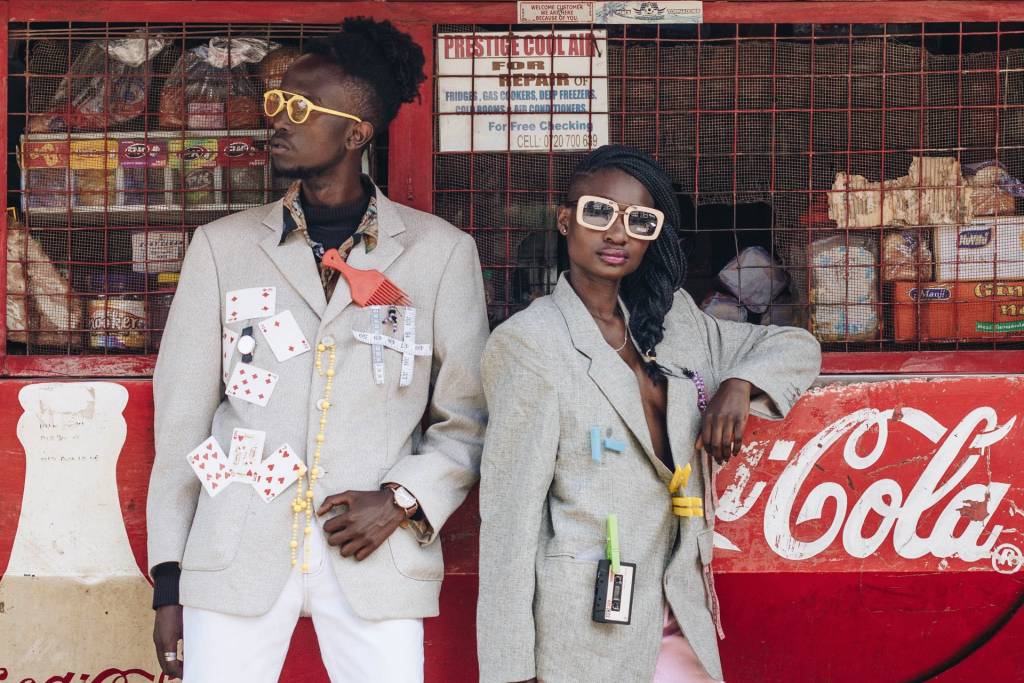Tech trends have had a significant impact on the way we shop for, wear, and make our clothes. The fashion industry will never be the same.
Clothing manufacturing has taken a hands-off approach since the late 1700s and the invention of the sewing machine. They depend entirely on machines and technology to efficiently make clothing on a large scale. Further, clothes-making was significantly more difficult, expensive, and time-consuming before the Industrial Revolution. In addition, the average person only owned two to four outfits.
Today, Americans buy something like 68 new garments per year.
Two centuries of progress have resulted in a fashion industry revolution based totally on current technology. Here are a few examples of how tech trends have influenced fashion.
Tech Trend #1: Augmented Reality or AR
Retailers of all types understand one thing. Bridging the gap between eCommerce and real life is critical to a successful business strategy in the twenty-first century. They’re doing this in a variety of ways. Those ways include using virtual and augmented reality to help buyers envision and try on clothes online.
Platforms like Ditto, Virtusize, and Virtooal offer connections that allow shoppers to virtually try on clothing. They can do this while purchasing on their computer or smartphone.
In addition, most of the biggest eyeglasses retailers now provide remarkable virtual try-on options. They can help you imagine frames on your face. Furthermore, no industry is more aware of this technology than eyewear.
Tech Trend #2: Wearable Technology
The introduction of wearable devices such as smartwatches and fitness trackers is one of the most visible examples of stylish technology.
These devices have been around for a while. However, there is a growing trend in business to place a greater emphasis on fashion.
Tech startups are increasingly incorporating activity trackers and sensors into beautiful items of jewelry. They do this particularly in trendy rings, bracelets, and watches.
Tech Trend #3: Sapphire Crystal with a Tech Focus
New materials, ranging from high-tech textiles to specialty precious metals, are having a significant impact on the fashion industry.
Most high-end watch and jewelry brands have stayed relatively low-tech in terms of digital integrations. However, that could soon change thanks to the development of new glass. This glass could transform a classic-looking Rolex into a technical marvel.
Tech Trend #4: Winwatch
A tech-focused Swiss watchmaker recently devised a means to incorporate smart payment technologies inside their sapphire crystal.
This allows traditional-looking wristwatches to be equipped with cutting-edge technology. They can carry such things as contactless payments.
Tech Trend #5: All-New Precious Metals
One of the ways these high-end watchmakers keep their clocks current is to improve the materials they use in the manufacturing process. The world of men’s luxury watches will never be the same.
There are new innovations like Hublot’s Magic Gold. It is being billed as the first scratch-resistant 18-karat gold. In addition, there is a metal called Omega’s Liquidmetal. It is three times as strong as stainless steel.
Tech Trend #6: Recycled Fibers
In the same way that watchmakers upgrade their metals, garment businesses upgrade their fibers and textiles. It’s no longer enough to label basic fabrics eco-friendly. Consumers are demanding sustainability throughout the entire supply chain. Instead, therefore, businesses are creating new fibers from discarded or biodegradable materials.
We’ll see a number of new ultra-sustainable fibers that go far beyond cotton and wool. VEJA’s ultra-popular sneakers are made of plastic bottles. In addition, there are things like repurposed oyster shell textiles. These are used by brands like Mountain Khakis and SiiZU.
Tech Trend #7: Fabrics Made of High-Tech Materials
Aside from fresh twists on natural fibers, the fashion industry is changing the way synthetic fibers are made. New textiles with unique material blends are combined with specialist treatments.
This provides extraordinary features. They feature things like moisture-wicking, quick-drying, temperature regulation, less absorbent, and odor management. In addition, the tech fabric takeover is especially noticeable in the activewear and outdoor categories. There are companies introducing new solutions to assure comfort while exercising.
Tech Trend #8: Lasers and 3D Printing
Customization is added to sustainability. These are some of the most important demands of the modern consumer.
Buying off-the-rack is a thing of the past. This is especially true when it comes to jewelry. Furthermore, designers can now make personalized objects quickly and economically. In addition, they come with substantially fewer work thanks to cutting-edge 3D printing technologies and lasers.
Further, 3D printing is also becoming increasingly important in the design and development of apparel and footwear. Technology allows manufacturers to prototype in real-time. Therefore, they are modifying and changing designs in a far more efficient way than before.
Reebok and New Balance both employ 3D printing to create components of their shoes. They use them for things like laces and soles. This, therefore, has had a significant impact on the footwear industry.
Tech Trend #9: Inventory Management Made Easier
Inventory management technologies have improved tremendously. In addition, eCommerce has developed into a mega-industry. One way this helps shoppers and retailers is by enhancing information accuracy. For example, they make it easier to know whether or not an item is in stock.
Furthermore, these high-tech systems can successfully track products as they move along the fulfillment chain. This allows customers and suppliers to follow orders in real-time. In addition, it improves the customer experience and internal operations.
We don’t know where the fashion industry is going for sure. However, we do know one thing. Technology will be at the vanguard of its next great period. Technology has always had an impact on the way we manufacture and wear clothes. That means design, modeling, sales, or production.
In the future, we should expect to see a completely new fashion industry. Hopefully, it will be one that is leaner, more sustainable, and better for customers overall.













